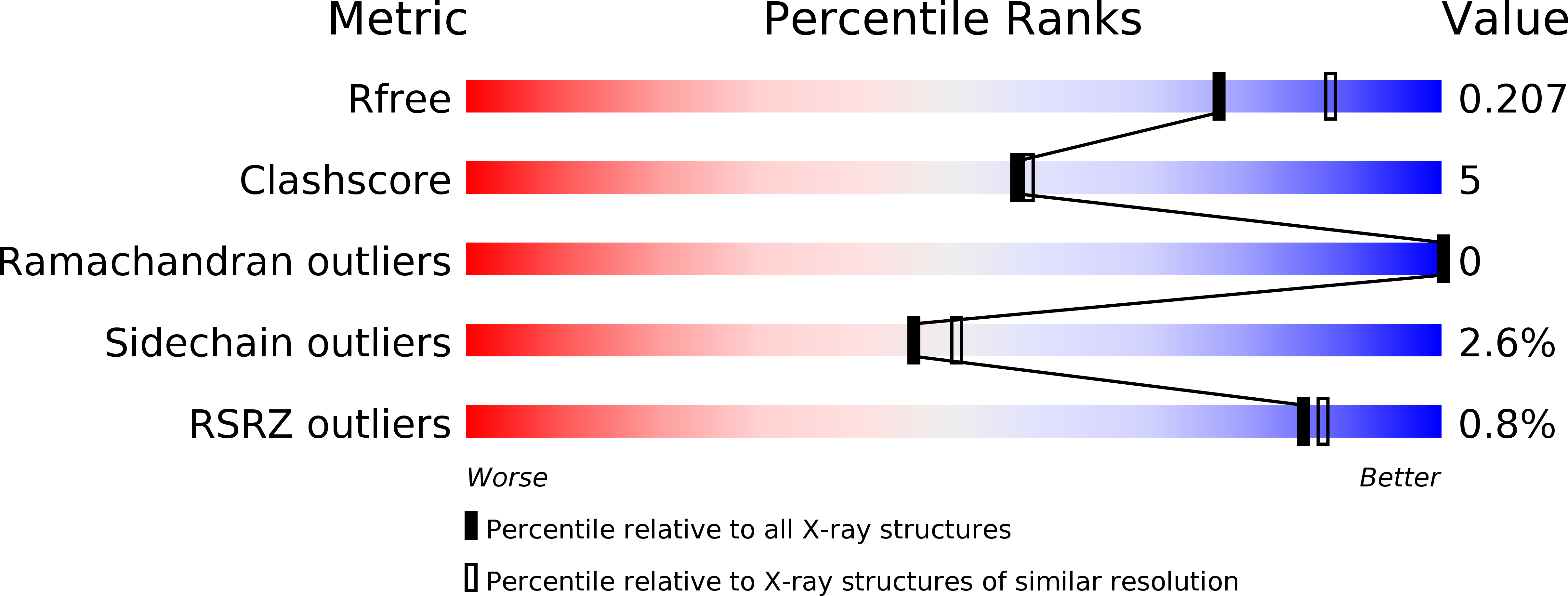
Deposition Date
2014-09-10
Release Date
2015-09-16
Last Version Date
2024-11-13
Entry Detail
PDB ID:
4WEG
Keywords:
Title:
influenza virus neuraminidase N9 in complex 2,3-difluorosialic acid
Biological Source:
Source Organism:
Host Organism:
Method Details:
Experimental Method:
Resolution:
2.10 Å
R-Value Free:
0.20
R-Value Work:
0.14
R-Value Observed:
0.14
Space Group:
I 4 3 2


